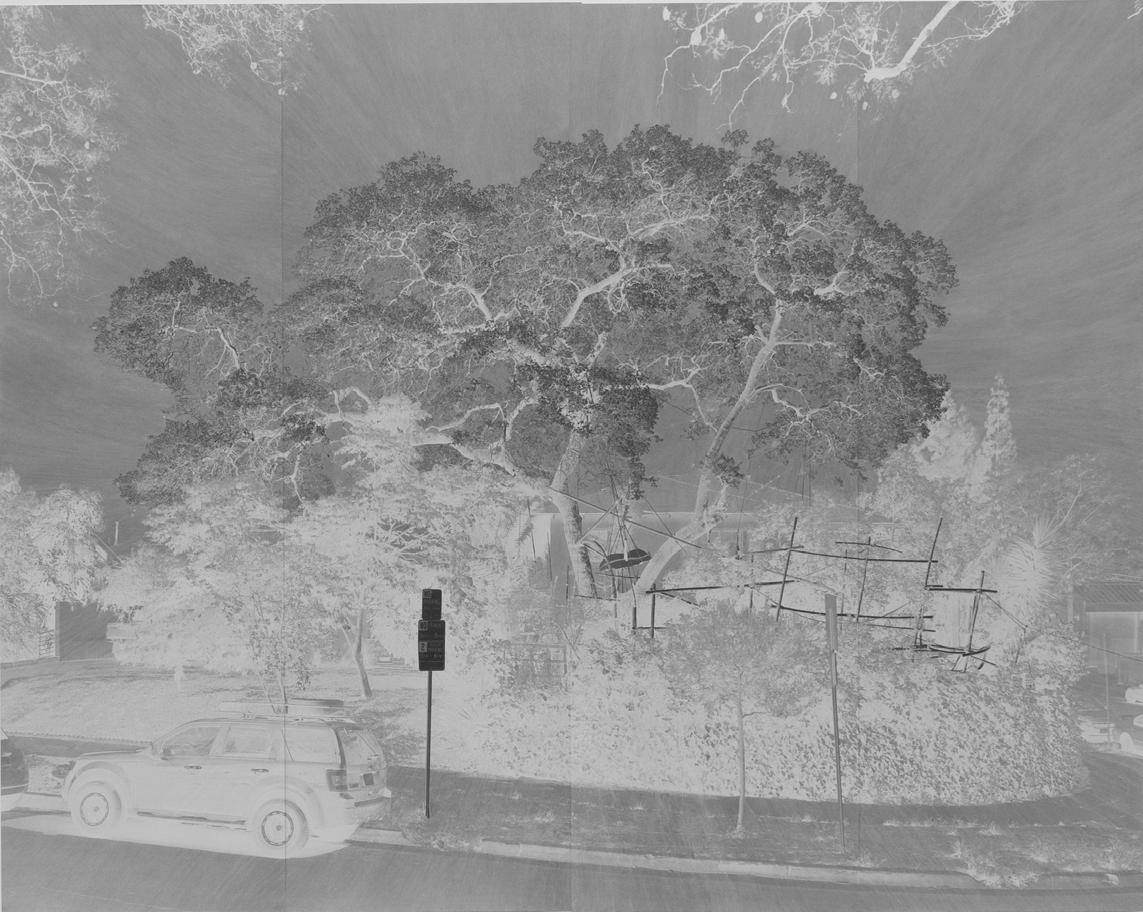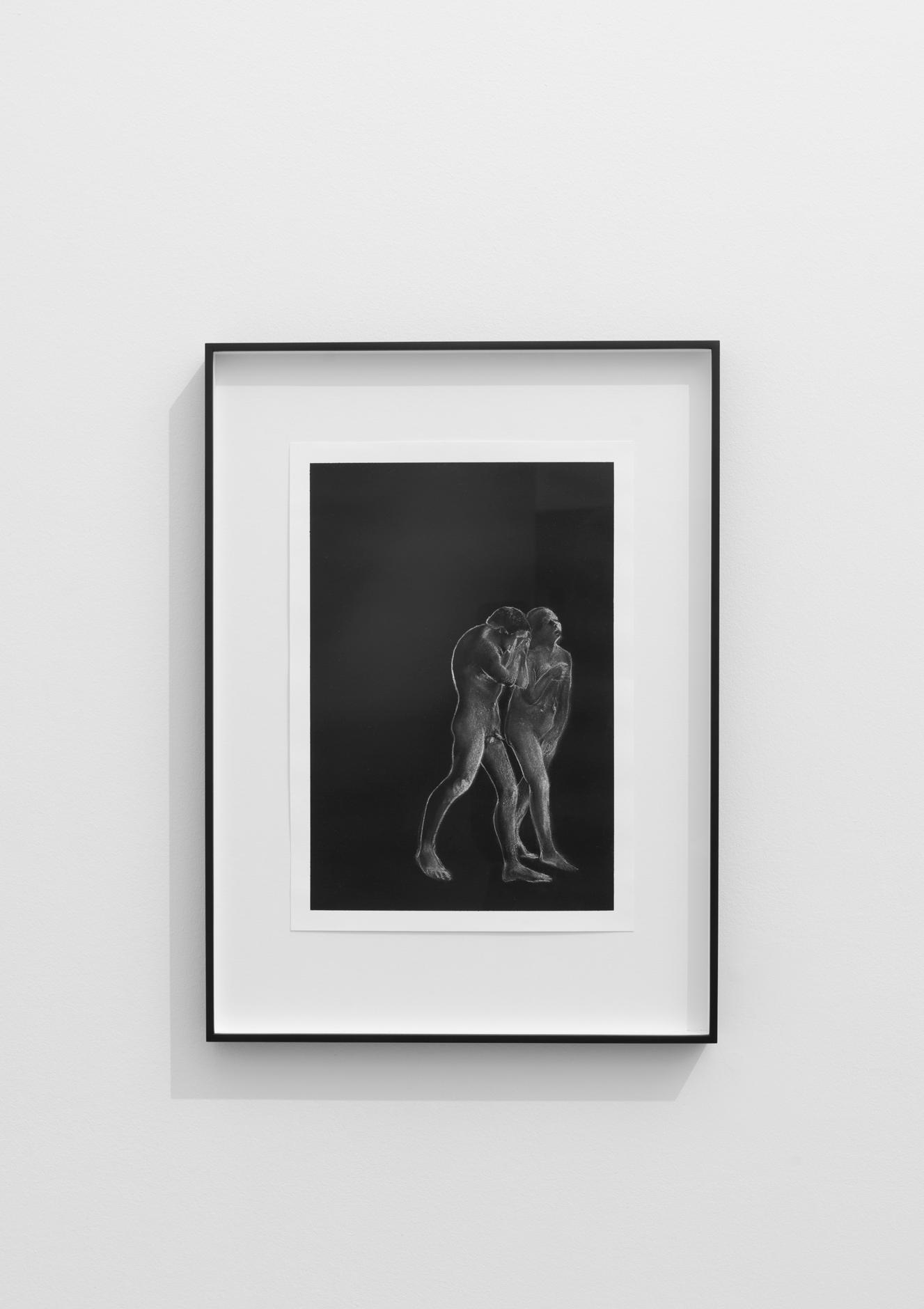
5 minute read
A Retrospective Review: Tacita Dean And Dante Welcome You To The Mudam
This will be a retrospective review, a reverence, and a homage to the recently exhibited solo show of Tacita Dean’s recent works at the MUDAM Luxembourg, originally displayed between 9th July 2022 to 5th February 2023.
Tacita Dean's solo exhibition can be divided into two different categories: her adaptations of Dante Alighieri’s Divine Comedy and recent prints related to everyday life. The east wing focuses on the former, while the west wing showcases work based on dayto-day occurrences.
Advertisement

The east wing of the exhibition is dedicated to Dante's journey through hell, purgatory, and paradise as portrayed in his Divine Comedy, finalized in 1321 after 13 years of writing. The artworks representing his poem have also been divided into three parts –Inferno, Purgatorio, and Paradiso. The three artworks were also used as the sets for a ballet, which premiered in October 2021 at London's Royal Opera House with choreography by Wayne McGregor and a newly composed score by Thomas Adès, coming together as the Dante Project. The stage sets were designed by the artist with the specific goal of enhancing an audience's visual experience. Although, experiencing the artworks up close provided a very enriching and personal experience.

Inferno (2019) greets the viewer, with blackboard pieces magnificently done with chalk; showcasing Dante’s journey through hell, as guided by the Roman poet, Virgil. The resplendence of the piece possibly showcases Dean’s feelings and her exclamations such as ‘oh god’ certainly suggest what the artist feels and affirms to the viewer it is okay to feel dread whilst experiencing this mass piece of walking among the dead.
As Sartre famously verbalized, hell is other people, with examples of being trapped in a room or a very uncomfortable scenario springing to mind. Furthermore, this feeling of entrapment is evidenced by the colour scheme of black and white, representing limited options.
In the same room, there are additional photographs of Inferno 2021, but I would relish drawing your attention to the drawing in the corner of the wing. It is a minuscule-scale chalk drawing by Dean, titled Expulsion from 2019, depicting Adam and Eve’s exile from paradise. The piece itself is nicely done, and as to why it was placed in the corner, it can only be speculated that the corner of any room betokens solitude and expulsion from society. Nevertheless, Dean spoke of Expulsion as a visual commentary of the United Kingdom’s exit from Europe, which appropriately aligns with Adam and Eve’s exodus.
Dean’s, second piece Purgatory (Threshold, 2020), pinned to the wall, is a sizably voluminous-scale drawing with a white overlay. The term Purgatory suggests a middle ground, such as between heaven and hell. Dean shows this by utilizing the gap between the photograph and the overlay, exploring both negative and positive space. The tree is withal a contrast with the urban landscape behind it, exhibiting all walks of life or entities, that can cooperate albeit they may have originated from different sources. Dean successfully captures that purgatory is certainly between heaven and hell, life or death, or pain or delectation.

The third piece Paradiso (2021) fits nicely as the terminus piece, where tranquillity can conclusively be found in a moving film, which is a representative of life, or that life is simply not still and moving. The circles in her film are a reference to the motif which are present in part three of the divine comedy. The composed music is eerie, and it is an oddly delectable accompaniment to the abstract film and colours, a nod to William Blake's 1824 illustrations of the divine comedy.
The silkscreens from the film stills can additionally be found in the hallway, guiding us along the way to life, or more specifically, to another part of the exhibition. The west wing is much lighter and more refulgent comprising of colourful photographs printed on lithographs, providing a much-needed breath of respite, after touring life with Dante. The pieces are certainly exquisite exhibiting Tacita Deans’ aptitudes in different ways. However, there can be no gainsaying the Dante project is the heart and soul of the exhibition.

Nevertheless, I do not mean to prosaically express we should neglect the west wing, for the pieces are equipollently scenic, albeit they are contained in a much quieter and virtuous aura. And I will confess; I never knew it could be so comely to ambulate among the realm of the dead.
by Jo Yi Hoon






